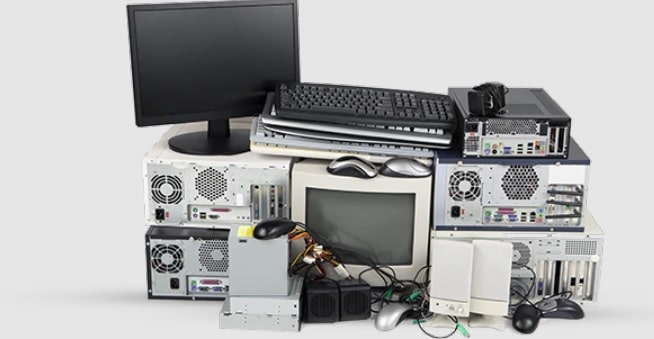Obsolete or damaged computers contain significant amounts of different metals that can be recovered and recycled. In fact, the electronic scrap that can be obtained from computer circuit boards, has a high content of precious metals and contains lower concentrations of harmful elements, such as arsenic, mercury and sulfur, than of metallic minerals present in nature.
A typical personal computer contains aluminum, cadmium, chromium, copper, gold, iron, lead, mercury and silver, among other metals. Some of these metals, such as cadmium, chromium, lead and mercury, are classified as dangerous under federal law, which are incinerated and deposited in community landfills.
The printed circuit boards of a computer contain the highest concentration of precious metals.
Gold
According to the United States Geological Survey, a metric ton of circuit boards contains between 80 and 1,500 grams of gold from which about 17 tons of alloys of this leaded ore can be recovered.
Gold in an obsolete computer alone has little intrinsic value, so this mineral must be collected, concentrated and refined. It is normally possible to recover and recycle 99 percent of the gold contained in a printed circuit board, although the process becomes more difficult as electronic products are getting smaller and smaller.
Copper
A metric ton of printed circuits also contains between 160 and 210 kilograms of copper or between 30 and 40 times the concentration of copper in the type of copper ore mined in the United States. Copper is normally recovered by smelting and refining in an electrolytic cell, in which impure copper is used as the positive electrode or anode and the refined copper is deposited in the negative electrode or cathode.
Lead
Lead is found in the welding of printed circuit boards and cathode ray tube monitors, or CRT. A computer monitor can contain more than 3 kilograms of lead. The glass of the CRT monitors is usually crushed in a rotary hammer mill, the metal is removed from the mixture with a magnet and the lead-contaminated glass is sent to a lead smelter or an explosion furnace. Crystal is used as a smelting agent, which is used as a material used to lower the melting point in lead ore processing and lead becomes part of the raw material for new products, such as new ray tubes cathodic, x-ray shield and batteries.

